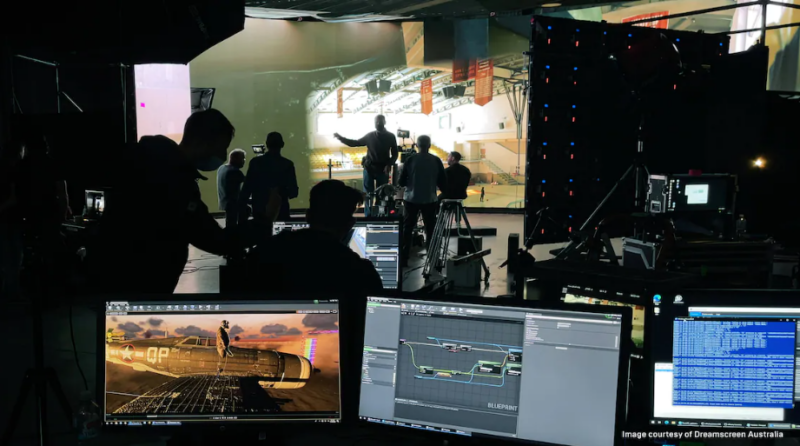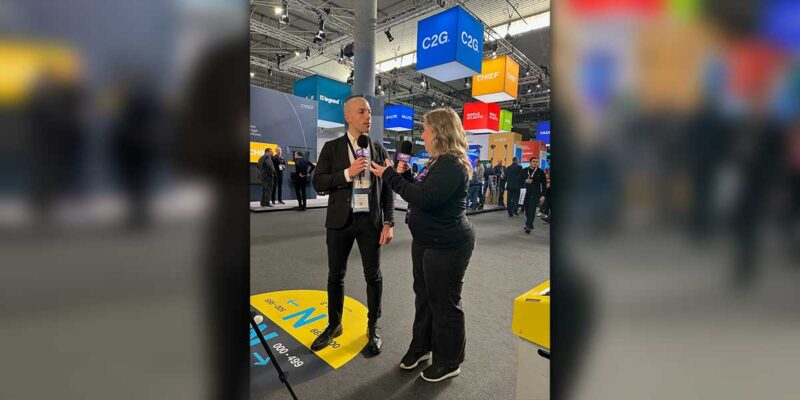How MicroLED Is Set to Change Screen Technology in the Home — The Emerging $50 Billion Opportunity
 By: Ted Romanowitz
By: Ted Romanowitz
Futuresource Consulting
MicroLED is on track to displace LCD and OLED in consumer TV applications. That’s according to a new MicroLED report from Futuresource Consulting, which predicts global players will invest more than $10 billion into the technology over the next few years, creating a $50 billion + cumulative market opportunity over the next decade.
With over 25 years of experience advising their clients on all aspects of the Professional Displays sector, market research company Futuresource predicts the disruptive technology of MicroLED is set to start an astonishing journey.
“MircoLED is on a direct path towards the center of the consumer electronics and professional AV industries, and it will have a major impact on all stakeholder groups,” said Chris McIntyre-Brown, director at Futuresource Consulting. “From manufacturers, suppliers and brands, to resellers, channel partners and end users, we’re going to see MicroLED begin to dominate the marketplace in the mid-to-long term.”
Challenges before Domination for MicroLED
However, the Professional Displays team at Futuresource makes it clear that there are still many hurdles to confront before MicroLED can secure its position in the CE mainstream. In particular, critical manufacturing steps need to be perfected before the technology can be integrated into consumer TVs at a price that’s acceptable to the market.
To date, manufacturers have struggled to optimize yields and consistently deliver sufficient quality, resulting in limited availability and high prices. However, the multi-billion-dollar investment is expected to have an extremely positive impact on manufacturing processes and equipment. Both of those elements are vital to MicroLED’s ascendance.
“Our latest research reveals that Samsung, Leyard and Foxconn stand out as leaders in creating MicroLED manufacturing ecosystems,” McIntyre-Brown said. “They currently have the most comprehensive partnerships and we expect them to be early entrants into the CE market. Other global consumer electronics and Pro AV market leaders, including Apple, BOE, LG and Sony are also pursuing the CE opportunity.”
The Impact on CE Brands
Futuresource’s report demonstrates how existing CE manufacturers with MicroLED capabilities will have a distinct advantage in the MicroLED TV space. That’s due to their knowledge and experience with sophisticated interfaces, protocols and standards. For example, an advanced integrated processor is needed to process video signals, remove noise, and optimise contrast and colour. There are also further capabilities to consider, such as upscaling, simple windowing, WebOS, universal remote, voice control and interfacing to voice assistants and content providers.
The list continues: a MicroLED consumer TV must be compatible with advanced video, audio and interconnect protocols, as well as be tested for interoperability and backwards compatibility. In addition to this, there’s the requirement for a television tuner. It’s an extensive challenge, one which CE manufacturers are equipped to tackle.
Innovative MicroLED Opportunities within the CE Space
The integration of several components into a single form factor is a key step towards capturing the hearts and wallets of consumers in a competitive CE landscape. MicroLED presents a number of opportunities to combine and innovate far beyond the capabilities of LCD, OLED or LED.
Many of the innovations are centered on the available space between the pixels, which could be harnessed to offer a range of added functions. Cameras and microphones could be integrated directly into the screen to facilitate advanced video communication capabilities, as well as interactivity through motion or touch. A porous display could enable highly integrated speaker arrays and new audio usages. Plus, from an aesthetic perspective, all this value-add technology can be incorporated into an ultra-thin, ultra-lightweight advanced form factor.
The Future of MicroLED
“Although there is much to be done to make MicroLED a mass-market consumer reality, the industry is already moving in the right direction and gaining some momentum,” said McIntyre-Brown. “The technology also presents an open door for powerful new players with semiconductor technology and manufacturing expertise to dominate the market, carving out enviable positions within the ecosystem. And as the game plays out, this could possibly unseat Chinese LED display market leadership and leave other brands free to explore lucrative market advantages.”
To see the original Futuresource article, click here.





